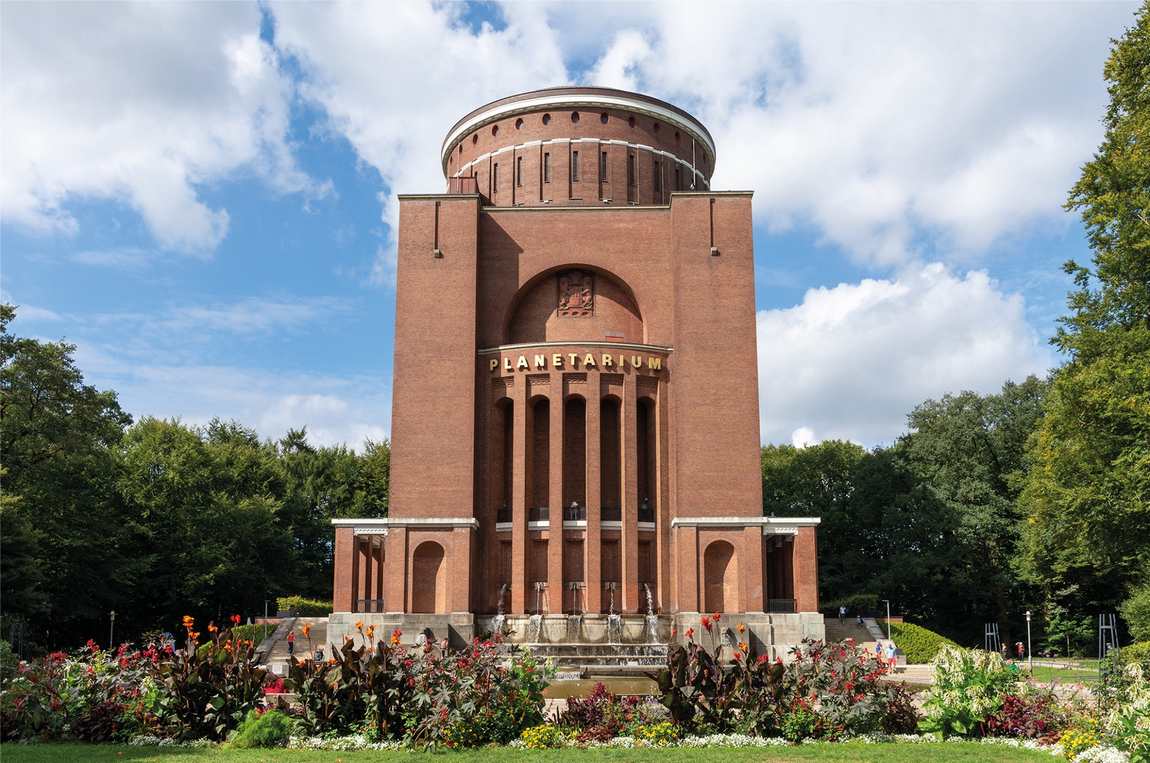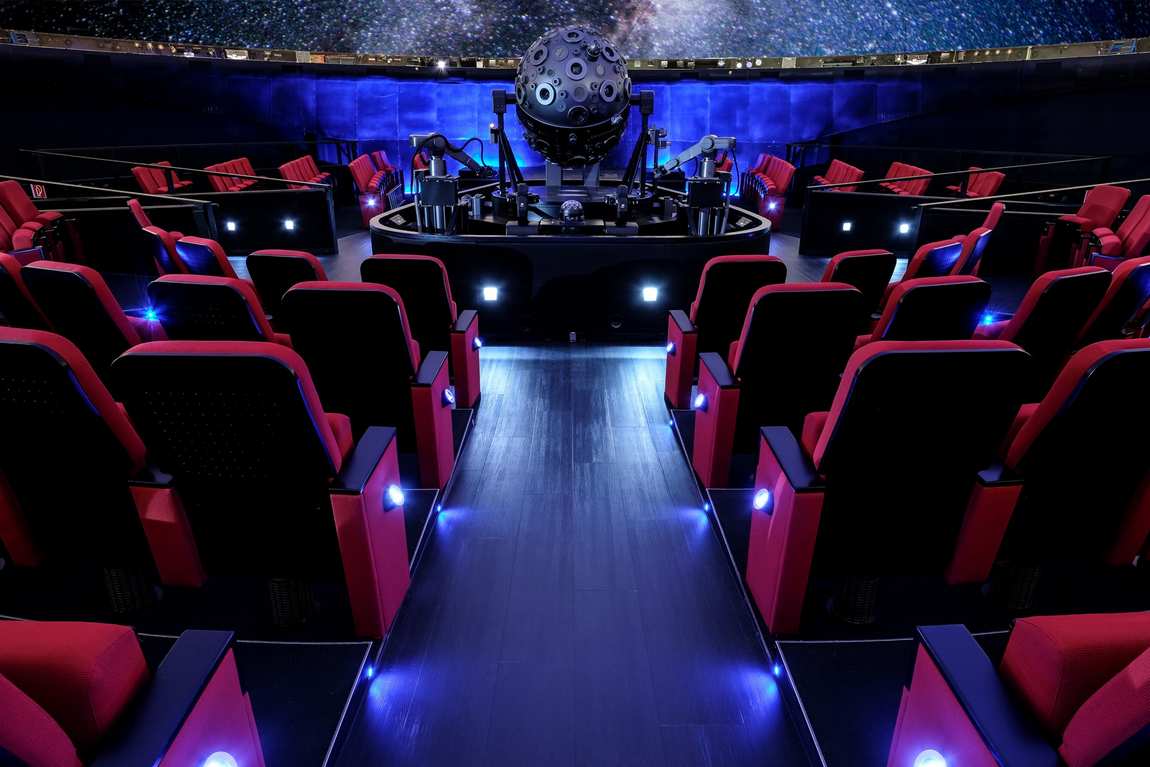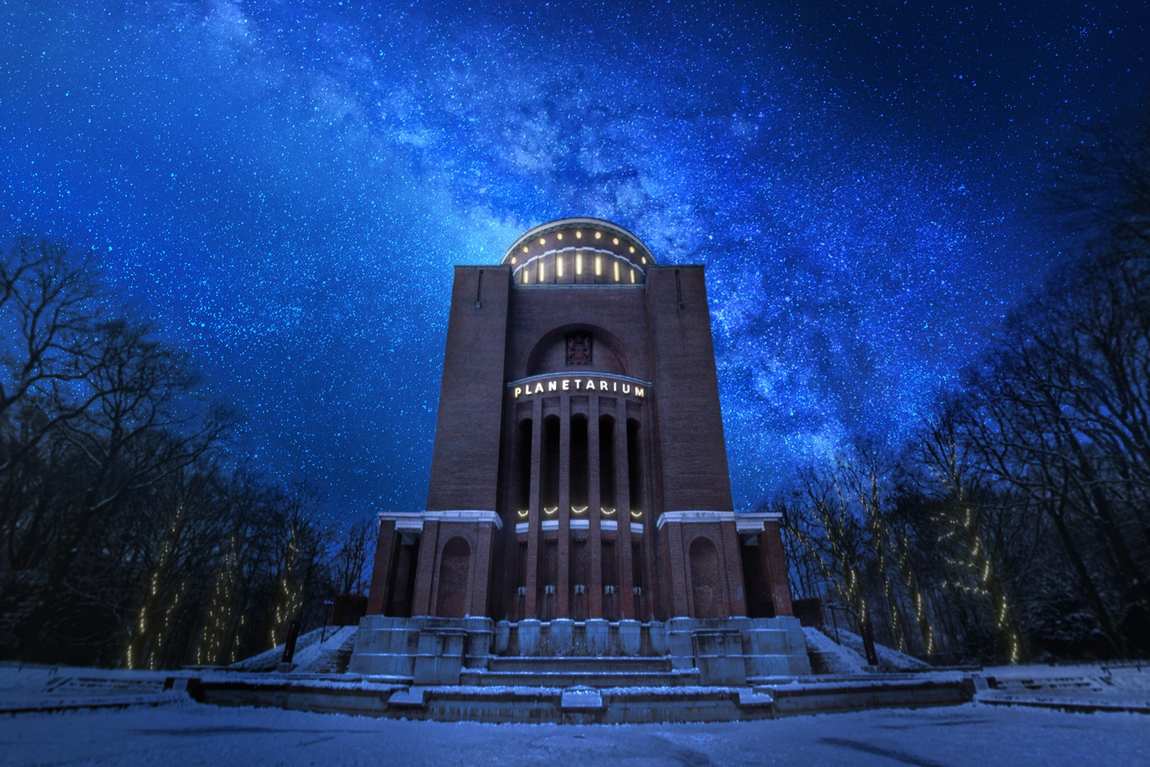A map of the night sky printed in a book is not the most interesting thing. It's different when the stars are lit directly above your head. And since artificial light prevents city dwellers from contemplating the celestial worlds, you can admire the stars against a black background in a planetarium. And when instead of a static image you get a flight through interplanetary space, accompanied by 'space music', even a child wouldn't turn down a visit to the show.

Hamburg's planetarium has been open since 1930. The old building is state of the art: a Zeiss Universarium 9 projector projects entire star worlds onto the huge dome — 9,000 stars can be seen here.
Three-dimensional images of planets, other celestial bodies and entire galaxies appear before the audience in comfortable armchairs. No colourful description can replace an almost real glimpse of a black hole, a star in a puffy coat of helium and hydrogen, or a comet waving at you. All this can be seen in films.

For example, children love the film 'The Sun, the Month and the Stars', in which they learn why the seasons change on Earth and how day and night alternate. There are also educational cartoons for the youngest visitors. And even in the regular lectures, mythological characters whose names are given to the constellations appear on the screen. A laser show adds to the effect.
Some of the films in the Hamburg Planetarium focus on the view of the starry sky at the time of the lecture. This is very important for children, as they will be inspired by what they see in the planetarium to identify the stars and constellations in the darkening evening sky.

For a seamless return from space to your home planet, you can step up to the 40-metre-high observation deck. You can see the whole city from there. Afterwards, take a stroll through the park that surrounds the building or grab a bite to eat in the planetarium's restaurant.










